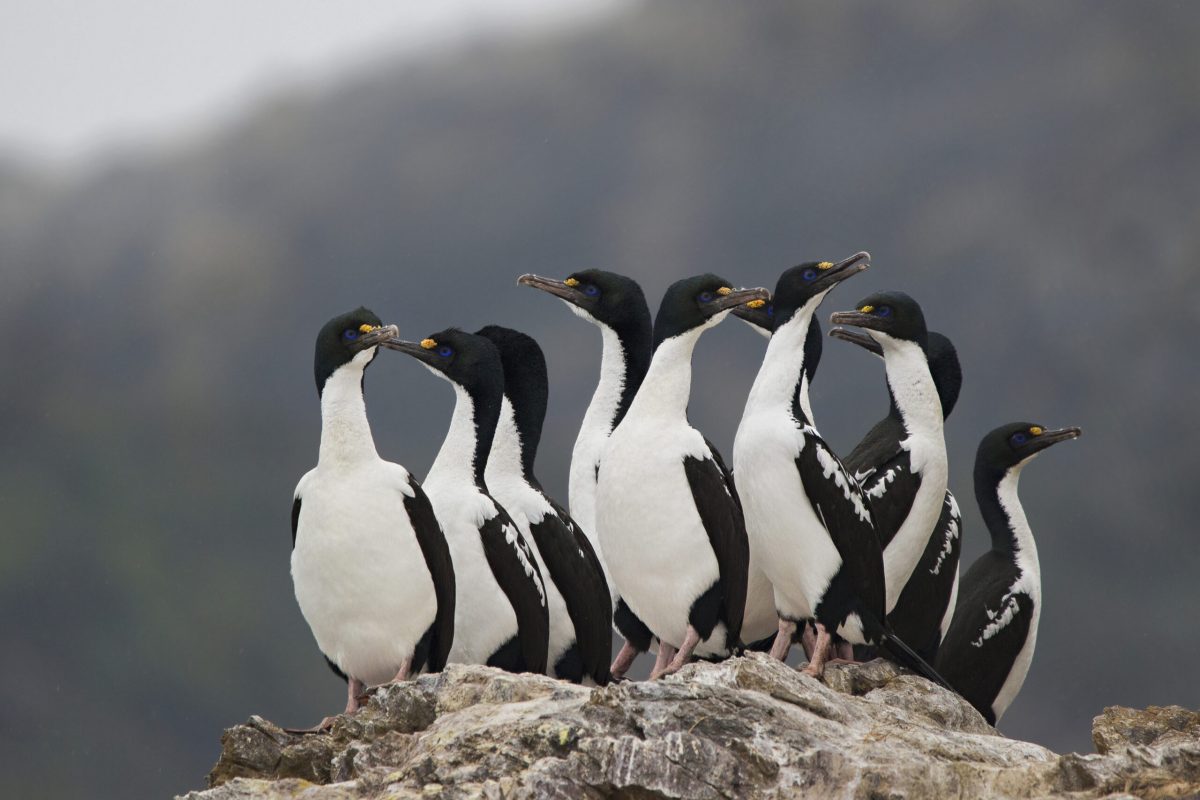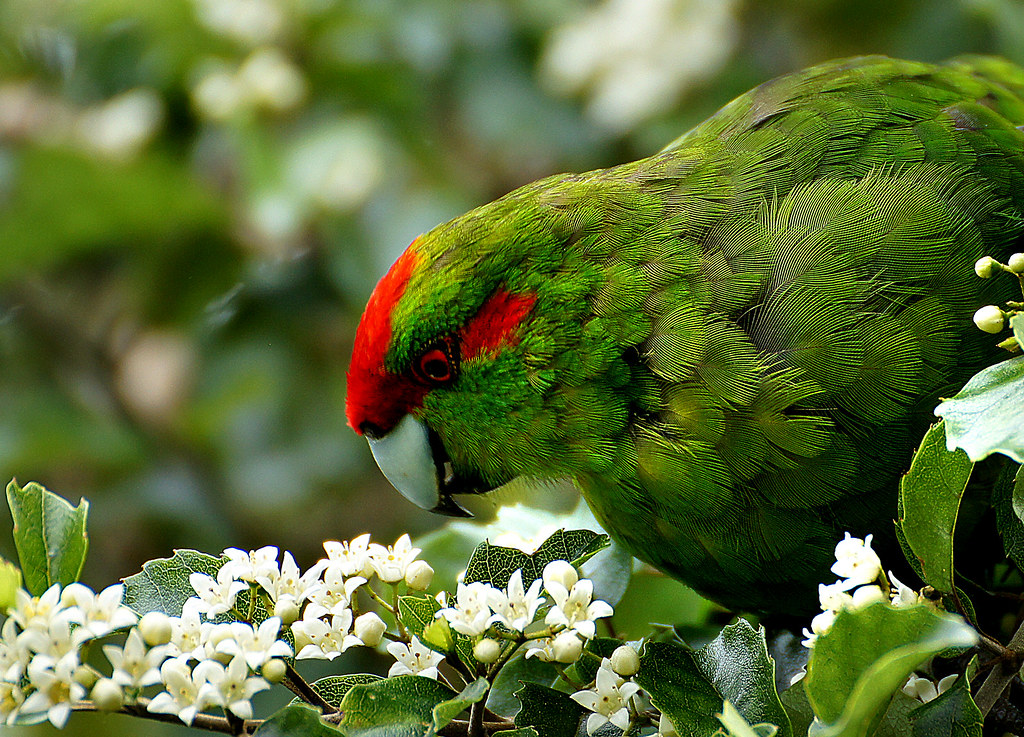The first snow had started to settle on the bare ground. Soon the shag will have to make a choice.
Should it stay to battle the elements and potentially face death during the long night, or attempt a perilous journey to find a new home? By the time sea-ice surrounds its craggy island, creeping up from the south like an army of white walkers, it may be too late.

Scientists know a lot about how the Ice Age affected animals in the landlocked Northern Hemisphere. Vast kilometre-high ice sheets covered large parts of Eurasia and North America. Animals migrated into refugia and when the ice finally released its cold grip on the world, they expanded back out again. It’s practically the plot of the Ice Age movies. Continue reading “The long night: how the Ice Age drove blue-eyed shag evolution”


